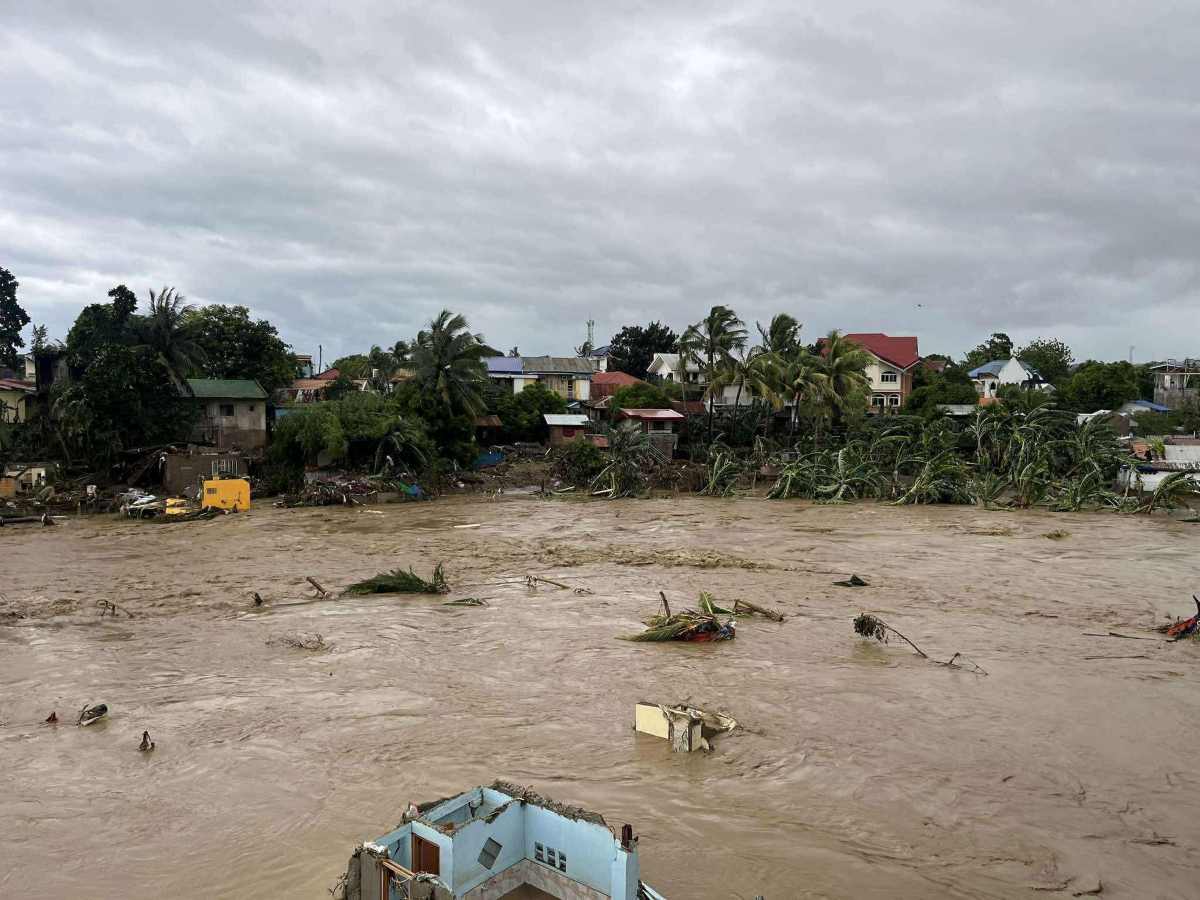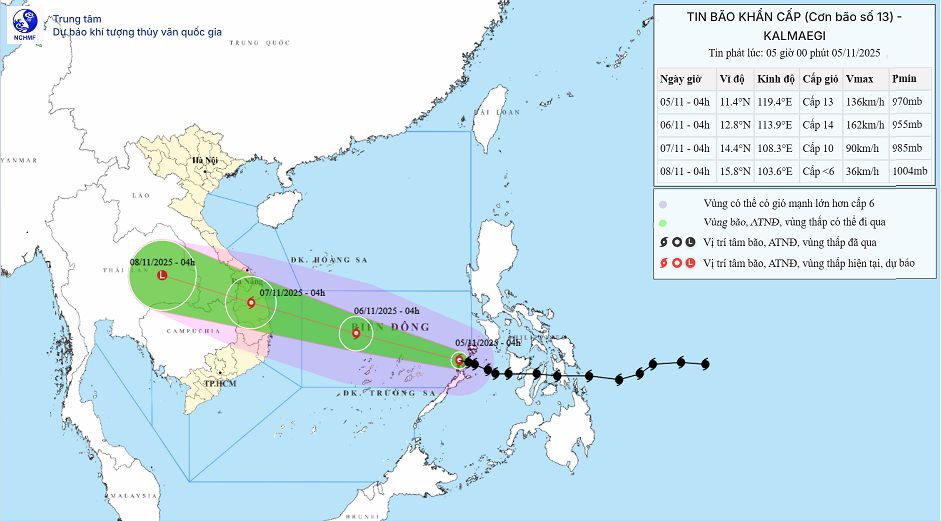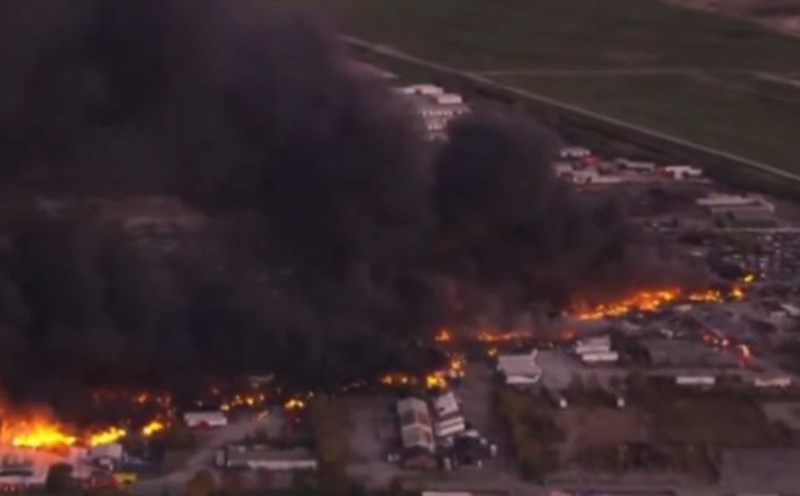The Philippines is struggling to cope with the consequences of Typhoon No. 13 Kalmaegi (local name Tino) with terrible showers and flash floods over a wide area.
At least 46 people have died due to flooding in the central region of the country, hundreds of homes were swept away or deeply submerged in mud, and many arterial roads were cut off.
Data from the Japan Aerospace Research Agency (JAXA) shows that rainfall in the central Philippines over the past 3 days has exceeded 610mm - equivalent to the average rainfall for the whole month of November. Strong winds, high waves and high tides have completely isolated many coastal areas.

While the Philippines is still overcoming the consequences, the meteorological world warns that another storm is forming in the eastern Pacific. The tropical depression passing south of Guam is forecast to strengthen into Typhoon Fung-wong (Uwan) in the middle of this week.
The new typhoon is expected to move west-northwest, likely reaching strong intensity before approaching the northern Philippines or Taiwan (China) early next week.
Natural disasters have hit the Southeast Asian island nation in a matter of weeks after a 7.4-magnitude earthquake rocked the southern Philippines.
Meanwhile, according to the latest storm information from the Vietnam National Center for Hydro-Meteorological Forecasting, early this morning (November 5), storm Kalmaegi entered the eastern sea area of the central East Sea, becoming the 13th storm in the East Sea in 2025.

At 6:00 a.m. on November 5, the center of the storm was at about 11.4 degrees north latitude; 119.0 degrees east longitude, about 510km east of Song Tu Tay Island. The strongest wind is level 13 (134-149 km/h), gusting to level 16. It is forecasted that in the next 3 hours, the storm will move west-northwest, at a speed of about 20-25 km/h.
It is forecasted that by 4:00 a.m. on November 6, the center of the storm will be at 12.8 degrees north latitude, 113.9 degrees east longitude; about 550km east-southeast of the Gia Lai province coast. The storm is likely to strengthen, reaching level 14, gusting to level 17, moving west-northwest, about 25km/h.
It is forecasted that by 4:00 a.m. on November 7, the center of the storm will be at 14.4 degrees north latitude, 108.3 degrees east longitude, on the mainland from Quang Ngai to Dak Lak. The storm will gradually weaken, become stronger at level 9-10, gusting to level 12, moving west-northwest, about 25 km/h.
The center of storm No. 13 is forecast to enter the northern area of Phu Yen and southern Quang Ngai, but may change. Forecast time for the center of the storm to make landfall around the evening of November 6 and the morning of November 7. However, the center of the rain is before the storm, so there will be heavy rain from noon on November 6.
Rain forecast from November 6-7: The area from Da Nang City to Dak Lak will have very heavy rain with common rainfall of 200-400 mm/ods, locally over 600 mm/ods; the area from southern Quang Tri to Hue City, Khanh Hoa and Lam Dong will have heavy rain with common rainfall of 150-300 mm/ods, locally very heavy rain over 450 mm/ods. From November 8, heavy rain in the above areas tends to decrease.
From November 7-8, the northern area from Quang Tri to Thanh Hoa will have moderate rain, heavy rain with common rainfall of 50-150 mm/ods, locally very heavy rain over 200 mm/ods. Warning of the risk of heavy rain (>200 mm/3 hours).











